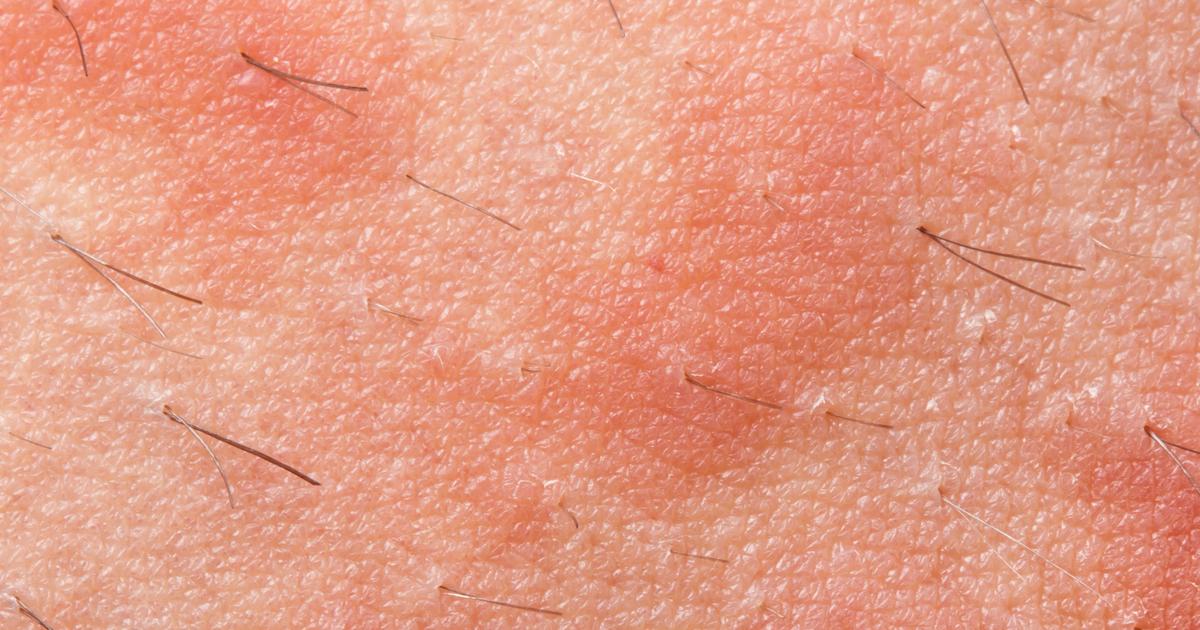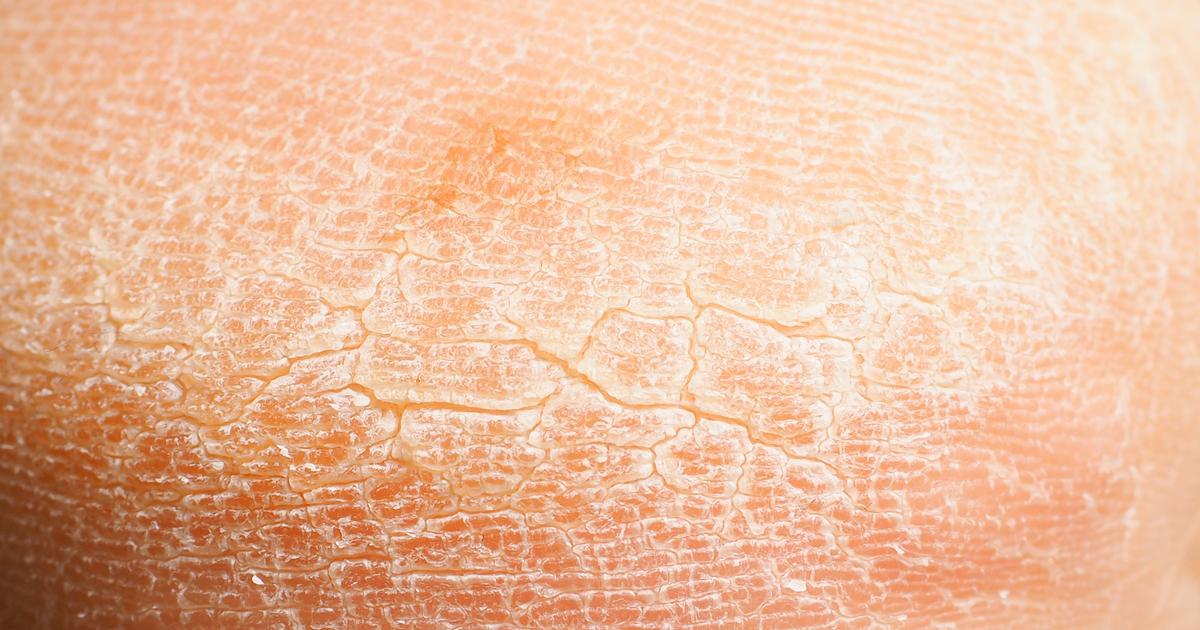Guide To Major Atopic Dermatitis Symptoms
Raising Skin Bumps

Atopic dermatitis causes a rash composed of raising skin bumps, which are normally red and circular, and are often extremely itchy. Common locations for the bumps include the face, arms, and legs. If scratched, the bumps could blister, and clear discharge may leak from the sores. Patients tend to experience the most severe bumps during flare-ups, which could be triggered by exposure to an allergen. For example, some types of laundry detergent may contain chemicals that are too strong for patients with this condition, and this could trigger the formation of bumps. Other potential triggers include lanolin, wool, and eggs.
Since raised red bumps could be caused by a variety of skin issues, patients who notice these for more than one or two weeks should have a medical evaluation. Allergy testing may be considered, and the results of the test could help patients avoid substances that might cause flares. Patients will need to closely monitor any bumps for signs of infection such as pus, warmth, or pain. Keeping a journal documenting the location of bumps and how long they last could provide useful information for atopic dermatitis patients to share with their dermatologist, as it may help with adjusting treatment plans.
Cracked And Scaly Skin

Cracked and scaly skin could develop if a patient scratches their skin. Sometimes, a patient's skin may be so dry and fragile that it cracks even with gentle movement. Patients could notice thickened areas of skin, and cracks in these areas are at a high risk of infection. For example, affected areas could develop dry crusts of yellow discharge that might indicate an infection, and antibiotics could be necessary. Moisturizers and the use of prescription creams may help prevent skin cracking and scaling.
Creams that contain coal tar or anthralin are often prescribed to treat thickened skin, and patients might also be asked to use a barrier repair cream with ceramides to repair cracked skin. Individuals who use coal tar creams may experience side effects such as stinging at the application site. Depending on the severity of cracks and scales on the skin, wet-wrap treatment with topical corticosteroids could be beneficial; however, this must be done properly to prevent infection, and it should not be used on already infected skin.
